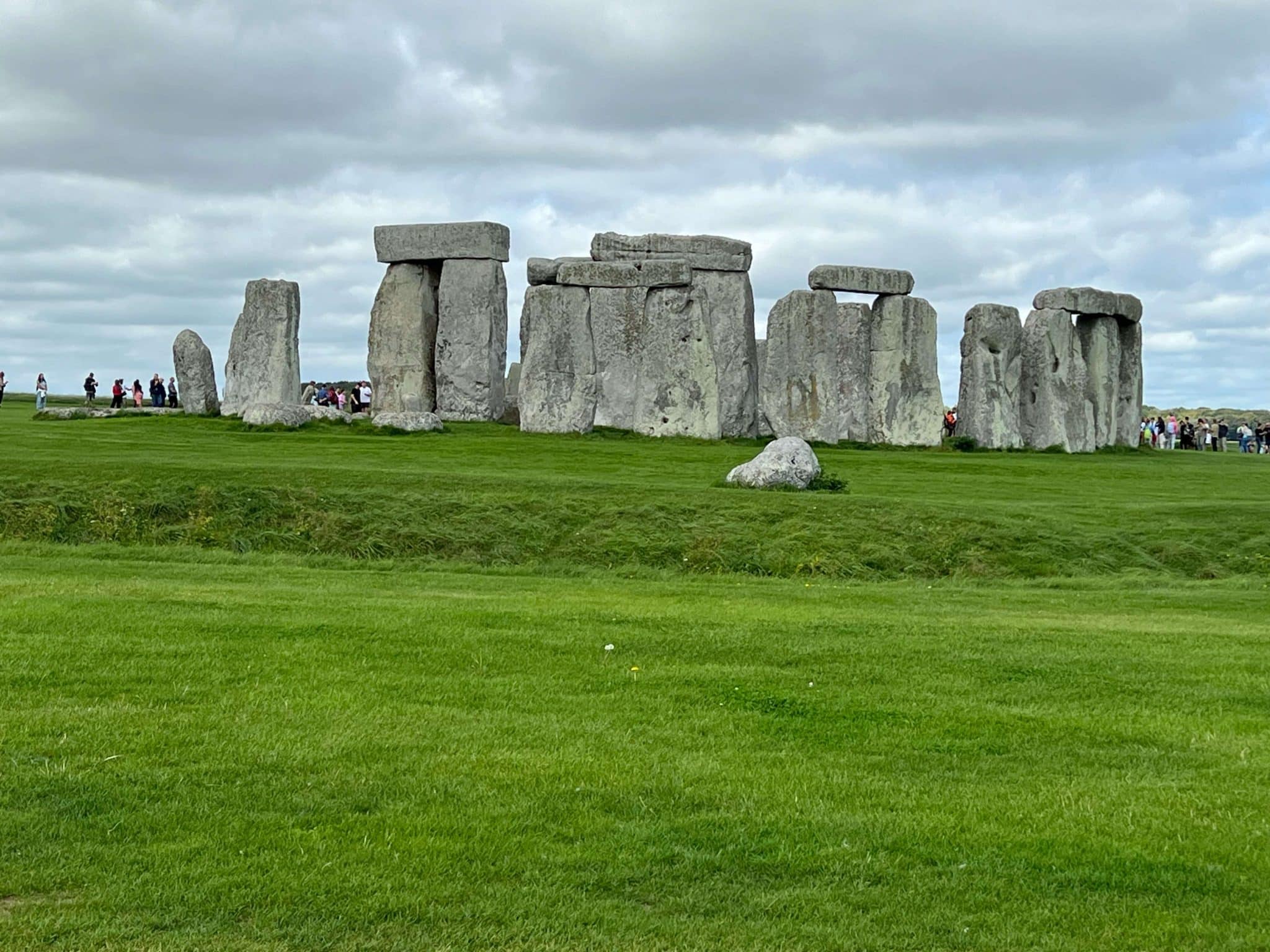Stonehenge, the legendary prehistoric monument in the south of England, has fascinated visitors from all over the world for centuries. With its imposing megaliths and enigmatic history, it attracts not only history and culture buffs, but also travelers looking for a magical place that captures the imagination. This article will take you on a captivating journey through the history, significance and fascination of Stonehenge.
The history of Stonehenge

Stonehenge is located in the county of Wiltshire and consists of two main components: the outer stone circles, consisting of sarsen and bluestones, and the inner earthworks. The exact date of origin of Stonehenge is still unknown, but is dated to around 2500 BC. It is believed that the construction took place over centuries and went through various phases of construction.
Megaliths and their significance
The most impressive features of Stonehenge are undoubtedly the huge megaliths, some of which were transported from far away. The sarsen stones that form the external structure weigh up to 50 tons. The origin of some of these stones from the Marlborough Downs, about 30 kilometers away, raises questions about the logistics and skills of the builders. The meaning of these megaliths remains mysterious. Some researchers believe that they had astronomical significance and were used for cultural or spiritual ceremonies.
Myths and speculations
The absence of concrete written records from the time of the construction of Stonehenge has given rise to numerous myths and speculations. Some legends suggest that Stonehenge was built by Merlin, the wizard from the Arthurian saga. Other theories emphasize the astrological significance of the complex by pointing to alignments with solstices and moon phases. This mixture of reality, myth and fantasy contributes to the enduring fascination of Stonehenge.
Significance and UNESCO World Heritage
Stonehenge was declared a UNESCO World Heritage Site in 1986 and is a symbol of humanity’s rich cultural heritage. The site not only attracts tourists, but also serves as a research center for archaeologists, historians, and scientists who are still struggling to reveal the true purposes behind the construction.
Visitor experience and protective measures
To cope with the influx of visitors while protecting the sensitive site, special visitor centres and pathways have been built around Stonehenge. Here, visitors can learn more about the history and significance of Stonehenge, experience interactive displays, and even see virtual reconstructions of the site. Special events such as the summer solstice attract thousands of people who want to watch the spectacle of the sun over the stones.
Journey
By car

The address for your navigation system is: Amesbury, Salisbury SP4 7DE, United Kingdom. From London , follow the M3 motorway southwest, which later becomes the A303. Stonehenge is well signposted. There is free parking on site.
By train
You can take a train from London to Salisbury. From there, you can either take a bus or a taxi to Stonehenge. There are also organised tours that include transport from Salisbury to Stonehenge.
With organized tours
There are many companies that offer organized day tours from London to Stonehenge. These tours often include transportation as well as admission to Stonehenge and sometimes nearby attractions.
Remember to plan your trip in advance and check for the most up-to-date information on how to get there, opening hours, and entrance fees, as this information may change.
On site you can walk to the stones in about 30 minutes. However, there are also constant shuttle buses from the car park to Stonehenge.
Result
Despite decades of research and speculation, Stonehenge remains a place of mystery and fascination. Its monumental megaliths, enigmatic history and numerous theories about its meaning make it a unique destination. The connection to the past and the opportunity to immerse yourself in a world of the unknown are aspects that make Stonehenge a place that every traveler should experience at least once in a lifetime.


